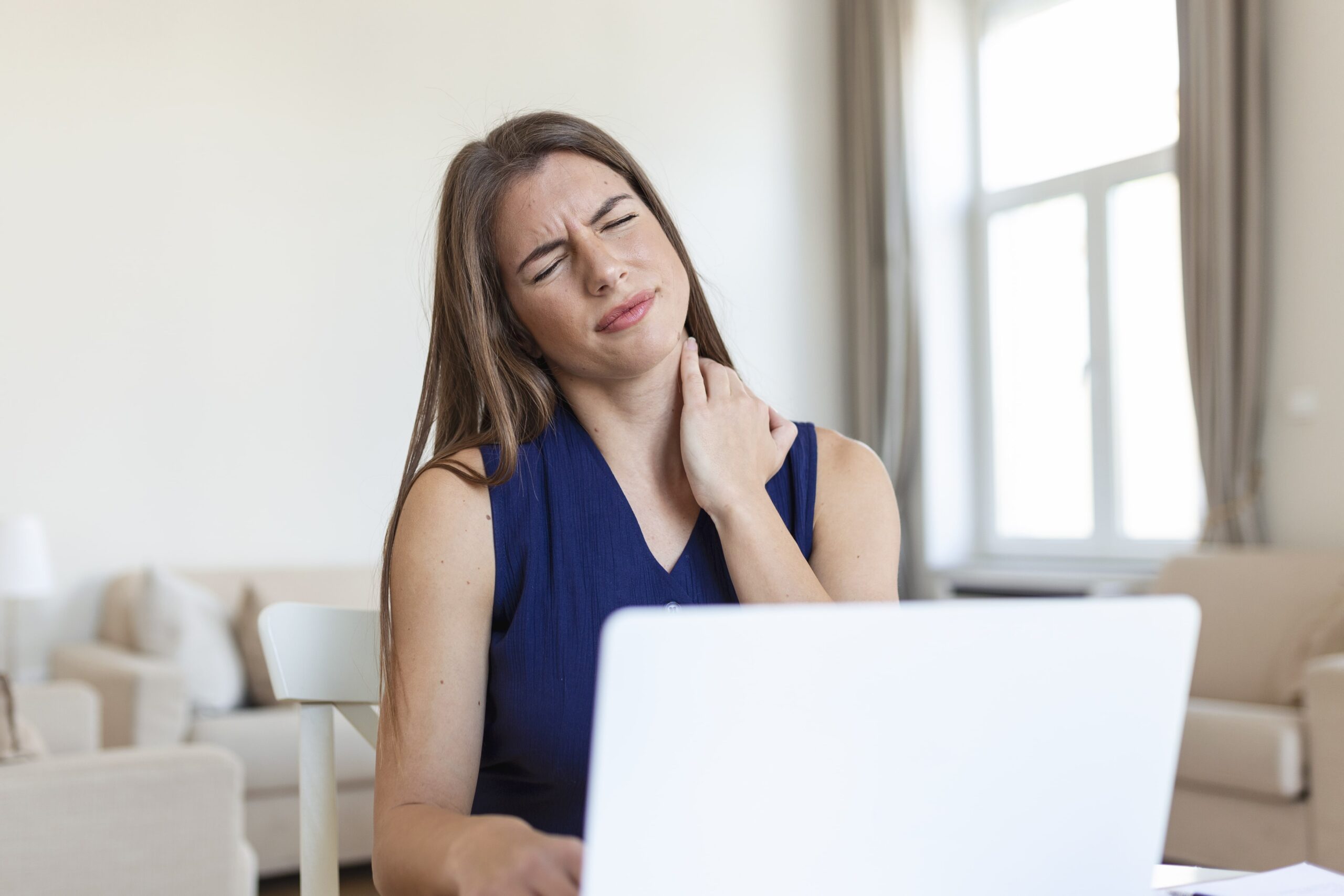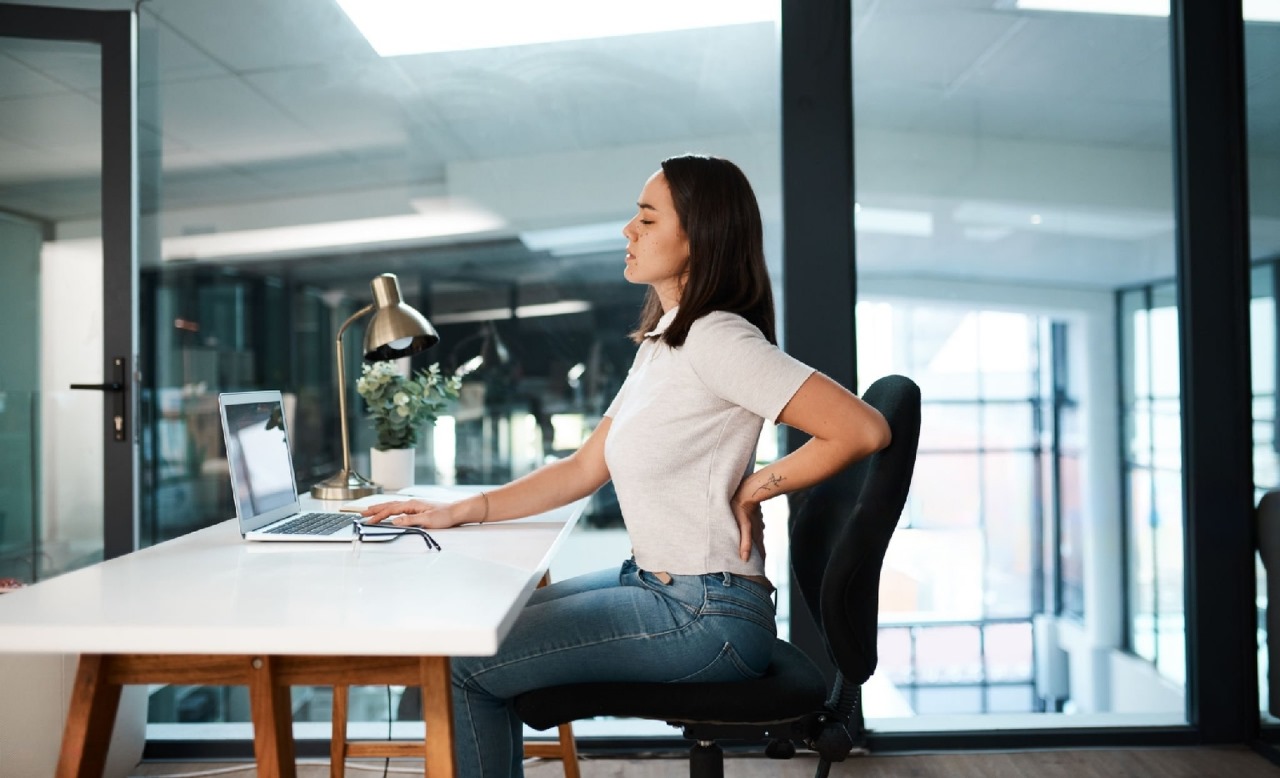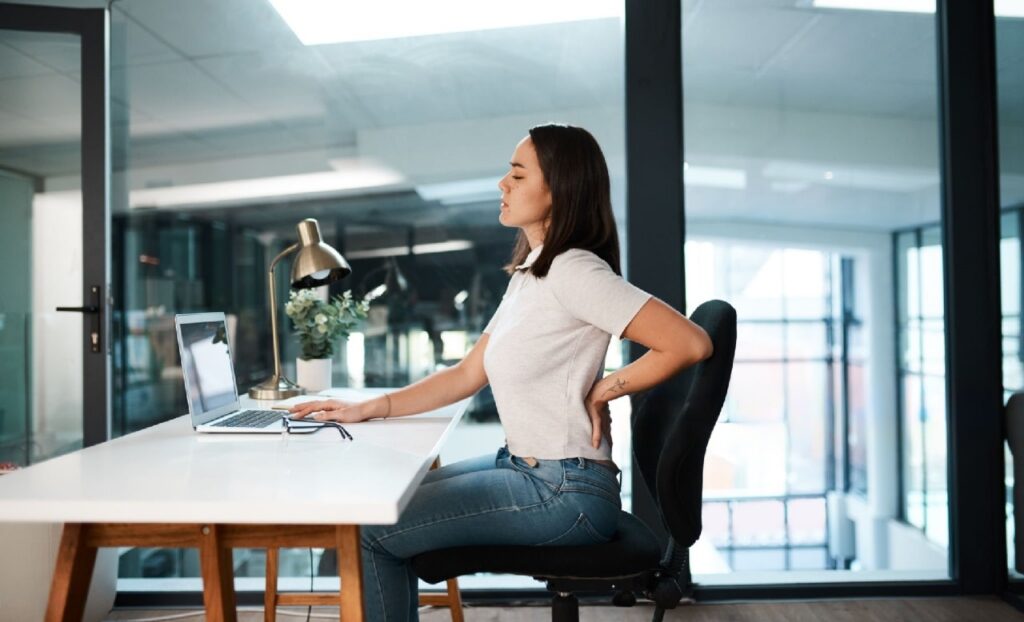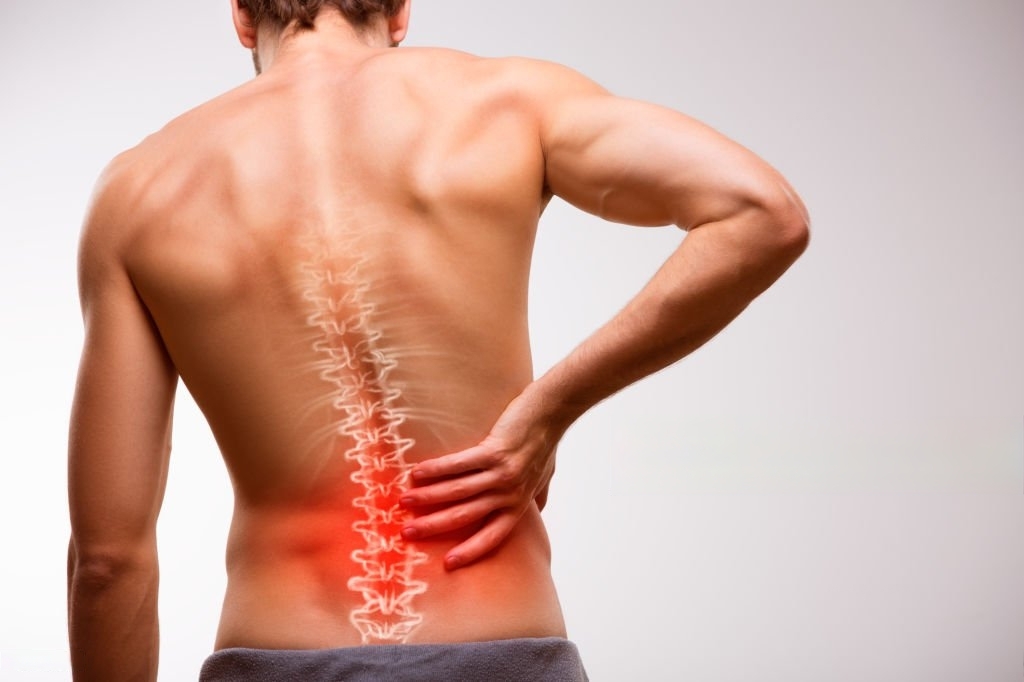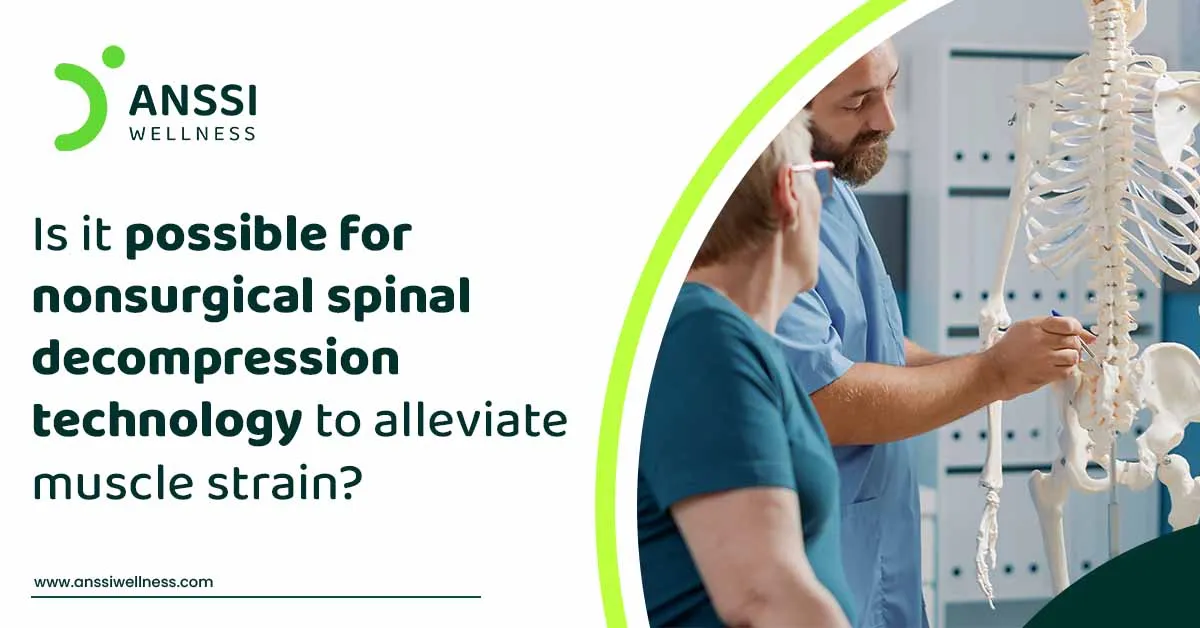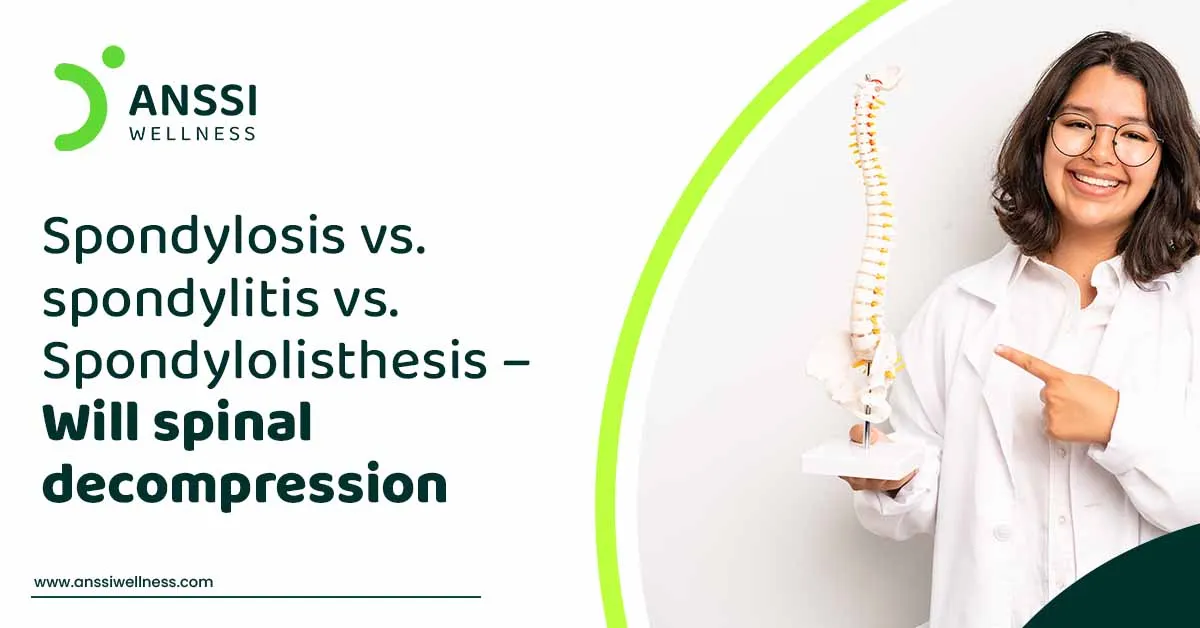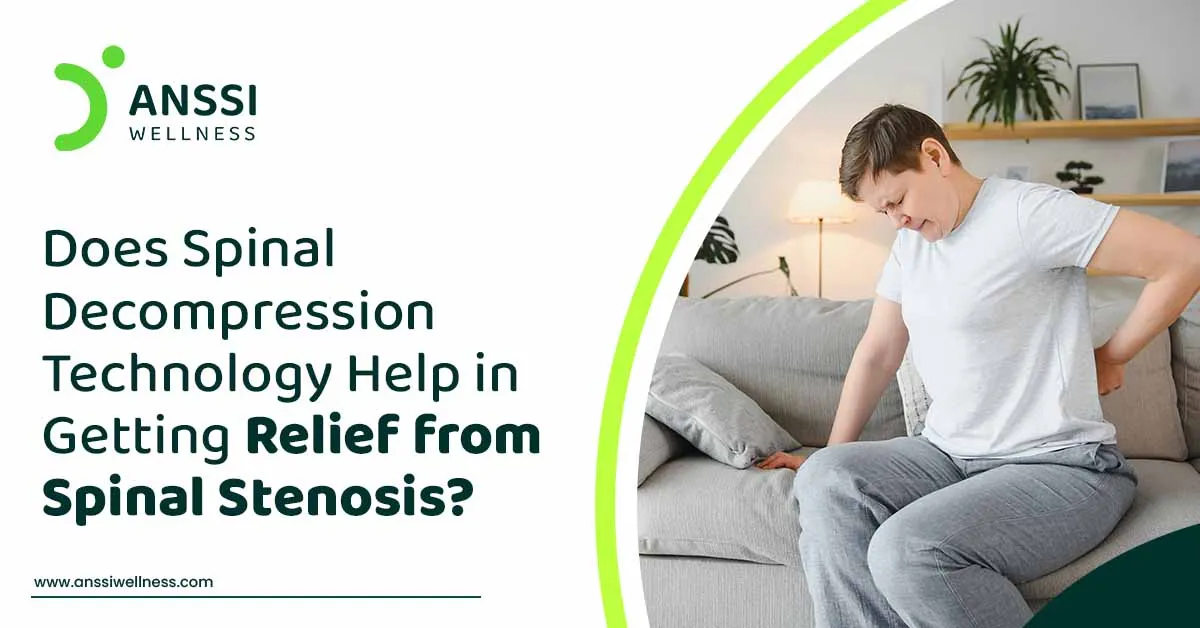
Understanding the importance of nutrition and a balanced diet is crucial for overall health, but its
impact on spinal health is often underestimated. For those grappling with spine-related issues,
adopting a healthy lifestyle, including a balanced diet and regular exercise, can play a pivotal role in
preventing problems and fostering healing. The spine, composed of bones, muscles, and various
structures, requires adequate nutrition to maintain its strength and functionality.
Nutritional Choices for Spinal Wellness
A well-rounded diet, rich in essential vitamins and nutrients, can significantly reduce back problems
by nourishing the spine’s components. While a diverse array of vitamins and nutrients is essential,
here are some key dietary components directly beneficial for back health:
Calcium: Essential for bone health, calcium helps in maintaining bone mass and preventing
osteoporosis. Found in dairy products, leafy greens, legumes, and certain fish, calcium must be
balanced with other nutrients for optimal bone strength.
Iron: Important for collagen production and oxygen transport, iron supports the tissues surrounding
the spine. Sources include meats, green vegetables, lentils, beans, and whole grains.
Magnesium: A critical mineral for bone matrix structure, magnesium aids in maintaining bone
density and muscle function. Common sources include leafy greens, fish, beans, seeds, nuts, and
certain fruits.
Proteins: Fundamental for body structure, proteins are crucial for healing and repairing bones,
cartilage, and soft tissues.
Vitamins: Essential vitamins like B12, C, D3, and K2 play significant roles in bone formation, collagen
synthesis, calcium absorption, and bone metabolism. They can be found in animal proteins, fruits,
vegetables, and fortified foods.
Exercise: A Spinal Health Ally
Alongside nutrition, exercise plays a vital role in spinal health. Regular physical activity strengthens
the muscles supporting the spine improve flexibility and reduce the risk of back pain and other
spinal problems.

ANSSI Wellness: A Beacon of Spinal Health
At ANSSI Wellness, our commitment to spinal health extends beyond traditional treatment methods.
We recognize the integral role of nutrition and exercise in maintaining a healthy spine. Our team of
experienced spine specialists utilizes a holistic approach, including the American non-surgical spinal
decompression technique, to treat various spine ailments.
With a track record of helping over 5,000 patients overcome back pain, ANSSI Wellness is dedicated
to providing the best possible care. We believe in empowering our patients with knowledge and
tools to maintain their spinal health through diet, exercise, and innovative treatment methods.
Our approach is not just about treating symptoms but about fostering a lifestyle conducive to spinal
wellness. Join us at ANSSI Wellness, and take the first step towards a healthier, pain-free back.
You may also like to read
Understanding Lower Back Pain: Unveiling the Mystery of Lumbago
Is it possible for nonsurgical spinal decompression technology to alleviate muscle strain?




